Introduction
Sugarcane, known scientifically as Saccharum officinarum, is a tall, perennial grass belonging to the Poaceae family. It is primarily cultivated for its juice, which is rich in sucrose and used to produce sugar, molasses, and various syrups. Additionally, sugarcane itself, especially the stalks, is enjoyed fresh as a sweet, crunchy snack in many parts of the world. Whether you’re planning to extract juice or enjoy it raw, selecting the perfect sugarcane can significantly enhance your culinary experience. This guide will walk you through the essential steps and considerations to ensure you bring home the best sugarcane.
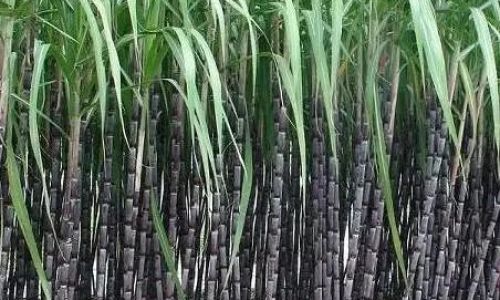
Understanding Sugarcane Varieties
Before diving into the selection process, it’s crucial to understand the different varieties of sugarcane available. Each variety has its unique characteristics, including sweetness, texture, and size. Some common varieties include:
- Early Matures: These varieties mature quickly, usually within 8 to 10 months. They tend to be shorter and have less fiber, making them ideal for fresh consumption due to their tenderness and higher sugar content.
- Intermediate Matures: These take around 10 to 14 months to mature. They balance sweetness and fiber content, suitable for both fresh eating and juice extraction.
- Late Matures: These varieties mature in 14 months or more. They are generally taller and have more fiber, making them better suited for juice production as they yield more juice per stalk.
Seasonality
Sugarcane is a seasonal crop, and its availability and quality vary depending on the region and time of year. In tropical and subtropical regions, sugarcane is generally available throughout the year, but the peak season typically falls between October and February. During this period, sugarcane stalks are fresher, juicier, and sweeter.
If you live in a temperate climate, sugarcane might be a seasonal treat, available mainly during the warmer months. Knowing your local sugarcane season can help you plan your purchases accordingly and ensure you get the freshest produce.
Visual Inspection
Visual cues are often the first line of defense when selecting sugarcane. Here’s what to look for:
- Color: Fresh sugarcane should have a vibrant, greenish-white hue on the outer stalks. Avoid stalks with yellowing, browning, or dark spots, which could indicate age or disease.
- Nodes and Internodes: Nodes are the knobby sections where leaves attach to the stalk. Internodes are the smooth, straight portions between nodes. Look for stalks with evenly spaced nodes and long, straight internodes. This indicates good growth and can affect both the ease of chewing and the amount of juice.
- Stalk Diameter: Generally, thicker stalks tend to have more juice, but this isn’t always the case. More importantly, look for uniformity in diameter, as irregular shapes can suggest poor growth conditions.
- Leaf Sheaths: The leaf sheaths (the protective covering around the stalk) should be tight and clean. Loose or decaying sheaths can be a sign of old or poor-quality sugarcane.
Feeling the Stalk
Touch and feel can provide additional insights into the quality of sugarcane:
- Firmness: A firm stalk indicates freshness and a high juice content. If the stalk feels soft or spongy, it might be overripe or starting to rot.
- Weight: Heavier stalks generally contain more juice. Compare the weight of several stalks to get a sense of what’s typical for that variety and season.
- Texture of the Skin: The outer skin should be smooth and slightly waxy. Rough or dry skin can be a sign of dehydration or age.
Smelling the Sugarcane
Fresh sugarcane has a distinct, sweet aroma. If the stalk smells musty, moldy, or has no discernible scent, it’s best to avoid it. A strong, pleasant aroma is a good indicator of freshness and high sugar content.
Checking for Pests and Diseases
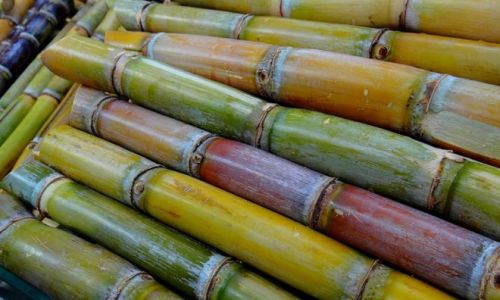
Inspect the sugarcane carefully for signs of pests or diseases. Common pests include sugarcane borers, which can leave tunnels in the stalks. Diseases like red rot or smut can cause discoloration and deformation. If you notice any of these issues, choose another stalk or batch.
Source and Vendor Reliability
Buying from a reputable vendor or farm can make a significant difference. Look for vendors who prioritize organic farming practices and can provide information about the variety, growing conditions, and harvesting date. Farmers’ markets and local produce stands are often good sources for fresh, high-quality sugarcane.
Storage Considerations
Once you’ve selected your sugarcane, proper storage is key to maintaining its freshness. If you plan to consume it within a few days, keep it in a cool, dark place. For longer storage, you can wrap the stalks in damp paper towels or cloth and place them in a plastic bag in the refrigerator’s crisper drawer. This can extend their shelf life by a week or two.
Preparing Sugarcane for Consumption
Before enjoying your sugarcane, you’ll need to prepare it. Start by removing the outer layer of the stalk using a sharp knife or vegetable peeler. Cut the stalk into manageable sections, and if desired, remove any remaining fibers or stringy bits with a knife or your teeth.
Conclusion
Selecting the perfect sugarcane involves a combination of understanding the different varieties, recognizing seasonal patterns, conducting a thorough visual and tactile inspection, and choosing a reliable source. By following these steps, you can ensure that your sugarcane is fresh, sweet, and ready to be enjoyed in its many delicious forms. Whether you’re sipping on a refreshing glass of homemade sugarcane juice or chewing on a crunchy stalk, the right sugarcane can elevate your culinary experience and satisfy your sweet tooth in the most natural way possible.
Remember, the key to enjoying sugarcane is freshness. The more mindful you are about your selection process, the more likely you are to bring home a stalk that delivers on both taste and texture. Happy sugarcane hunting!
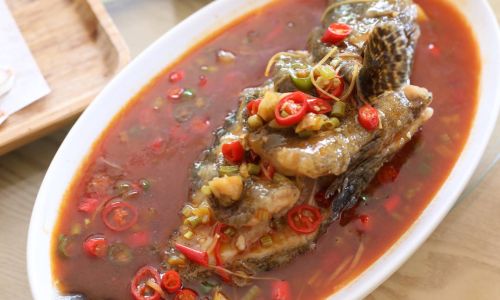
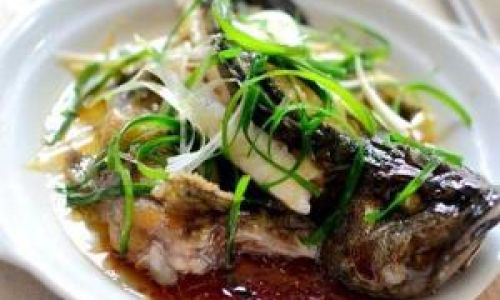
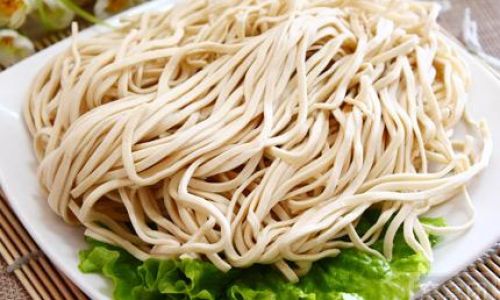
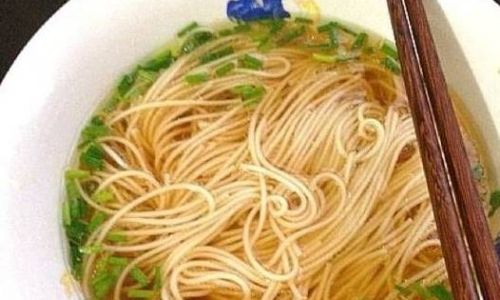
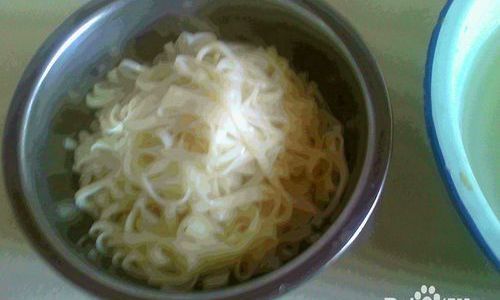
0 comments